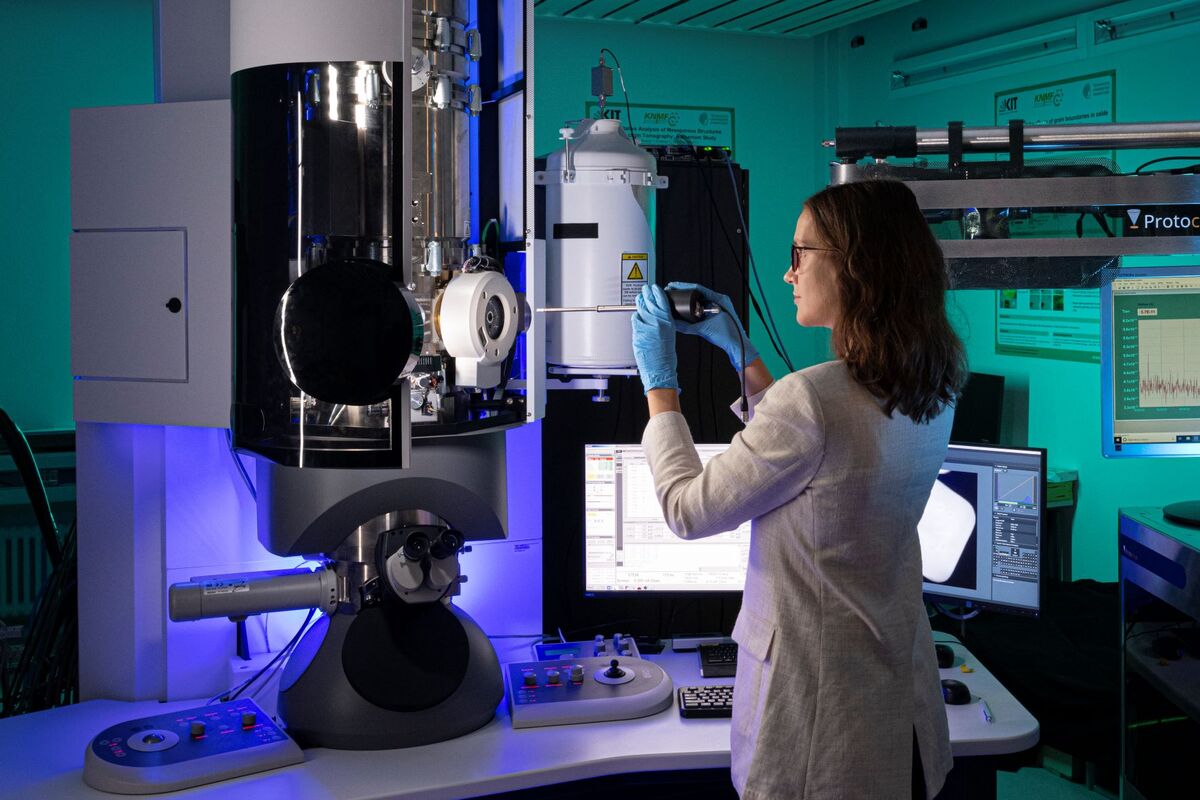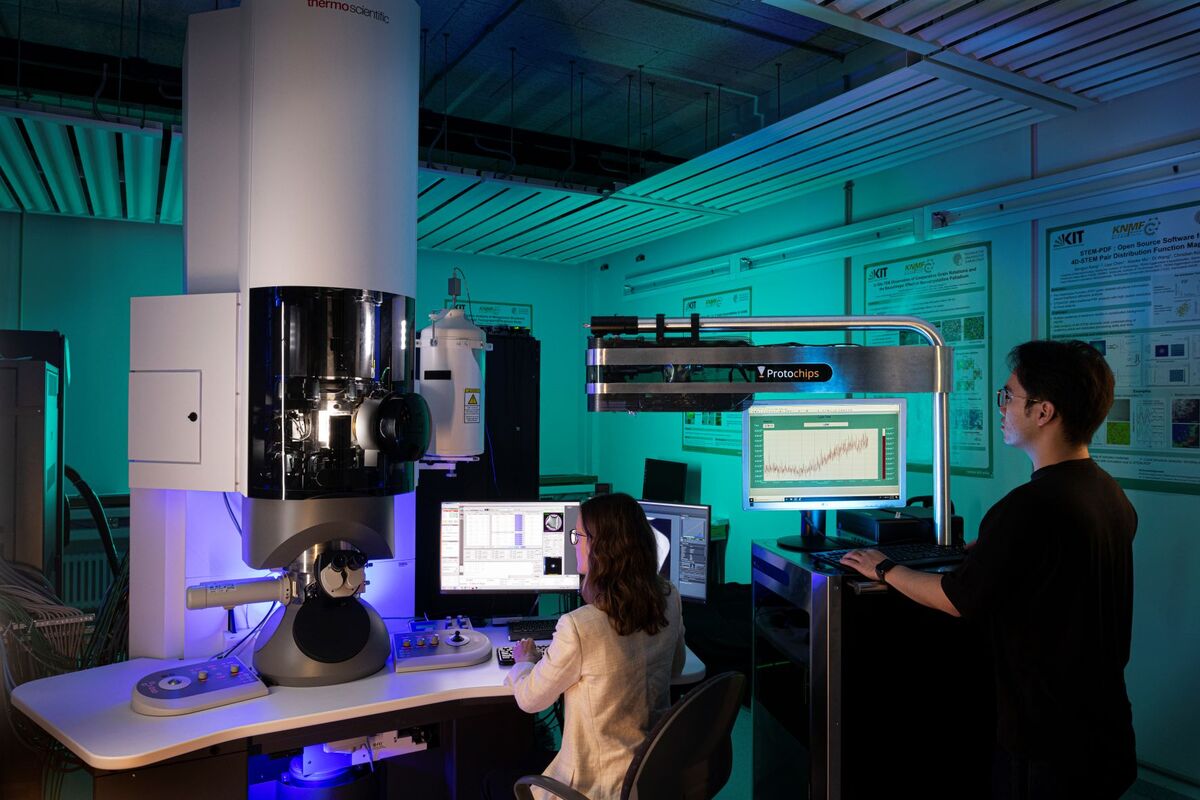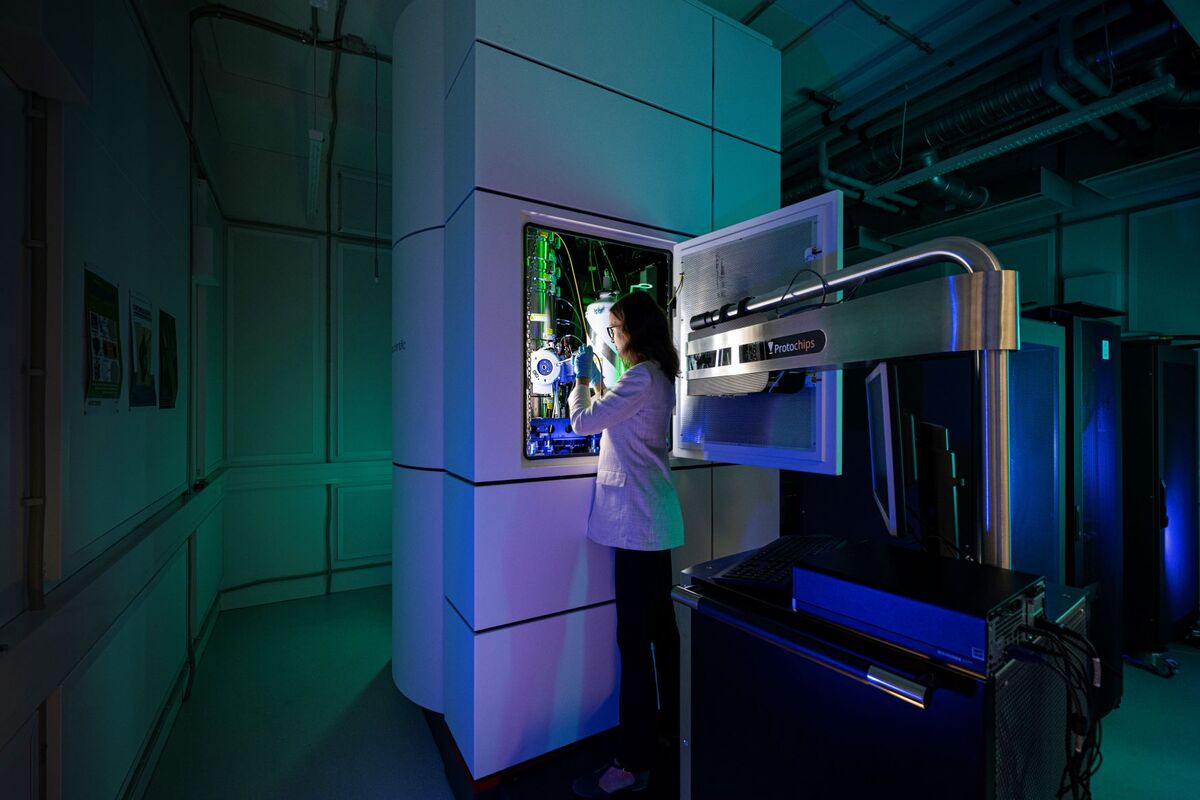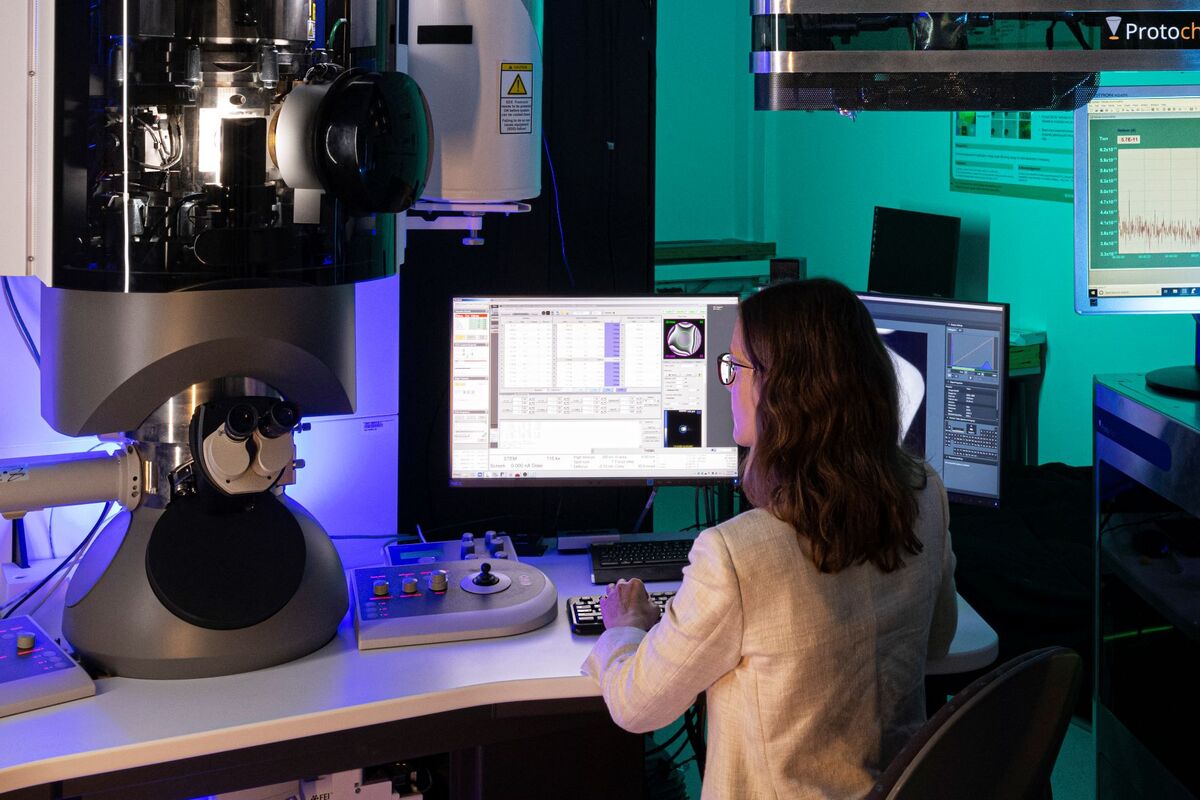Picture a Scientist - Portrait Svetlana Korneychuk
The Hydrogen Researcher
"The energy of tomorrow is water, which has been broken down by electric current. The elements of water broken down in this way, hydrogen and oxygen, will secure the Earth’s energy supply far into the future”. For Jules Verne, this was a vision he wrote down in his 1875 novel "The Mysterious Island." Dr. Svetlana Korneychuk, however, likes to quote the French author because his vision is closer to reality today than ever before. With her work at Karlsruhe Institute of Technology (KIT), the researcher contributes to making hydrogen as an energy carrier affordable and suitable for everyday use. One kilogram of H2 contains about 2.4 times as much energy as one kilogram of natural gas; thus, hydrogen has the highest mass-related energy density of all fuels. It can be produced, among other things, by the electrolysis process described by Jules Verne. If electricity from 100 percent renewable energies is used for production, hydrogen is climate-neutral.
Climate-neutral Propulsion in the Future on Land, on Water, and in the Air
The Helmholtz Innovation Pool project "Solar Hydrogen - Pure & Compressed", in which researchers from various Helmholtz MTET program topics are working together, is concerned with technologies for the production of hydrogen using solar energy and with aspects of its application. The goal is to provide high-purity and compressed solar hydrogen suitable for demanding applications, such as fuel cells or the synthesis of e-fuels. "Hydrogen has great potential to replace fossil fuels," says Svetlana Korneychuk. "Already, there are suitable technologies to power cars, heavy-duty vehicles, and trains with hydrogen. There are currently around 100 hydrogen filling stations in Germany." The materials scientist studies the fundamental behavior of materials for hydrogen applications in the Solar Hydrogen project at KIT's Institute for Applied Materials - Materials Science and Engineering (IAM-WK). She is particularly interested in fuel cells and metallic nanoparticles. Hydrogen fuel cells convert chemical energy directly into electricity or heat. Thus, their field of application ranges from electricity and heat generation in buildings to the propulsion of vehicles, ships, and airplanes.
Hydrogen Absorption in Metals Observed on the Nanoscale
Hydrogen fuel cells age relatively quickly though: "Mechanical and chemical degradation processes cause performance to decrease," explains Svetlana Korneychuk. "My research on degradation mechanisms of fuel cells and hydrogen absorption by metallic nanoparticles can elucidate the fundamental processes of hydrogen interaction with materials at the nanoscale." The materials researcher uses transmission electron microscopy (TEM), which allows direct imaging of objects by means of electron beams, at the highest resolution - modern TEM reach a resolution limit of 0.5 angstroms, or 0.05 nanometers.
Svetlana Korneychuk applies in-situ TEM to identify those mechanisms on the nanoscale that determine the macroscopic properties of materials. This is because conventional TEM can only be used to study the static behavior of materials at room temperature and in high vacuum. With in-situ instruments, on the other hand, also liquids and gases - such as hydrogen - can be placed in the sample position, and the temperature can be changed. "In this way, the processes to which materials are subject can be studied in real time and under real conditions, down to the atomic scale," the researcher reports.
Effect of the Volatile Element Hydrogen Captured with In-situ TEM
Svetlana Korneychuk is from Moscow; she graduated with a master's degree from Lomonosov University. In 2014, she moved to Belgium and received her doctoral degree from the University of Antwerp. She then moved to the Netherlands and did postdoctoral research at Delft University of Technology. When she moved to KIT, she started working on hydrogen technologies. The 33-year-old's goal is to establish her own research group. To do so, she will receive support from KIT's Young Investigator Group Preparation Program (YIG Prep Pro), of which she will be a member for two years. Her research group will focus on in-situ transmission electron microscopy, a new and rapidly growing field in electron microscopy - and one of the few technologies that can be used to visualize the effect of the highly volatile element hydrogen.
Text: Dr. Sibylle Orgeldinger; Translation: Heidemarie Knierim






